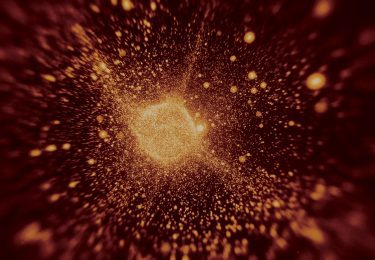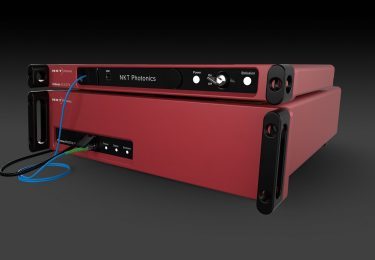In the experiment, a fused silica nanosphere with a diameter of about 100 nm is optically trapped by a tightly focused laser beam that is emitted from a Koheras BOOSTIK C15 laser with ultra-low RIN.

“Since we are aiming for controlling and cooling the sphere’s center of mass motion we need to suppress the laser RIN that leads to heating as well as possible. With the ultra-low RIN version of the C15 we are able to trap spheres at very low pressures where we would lose the particles with a higher laser RIN.” says Rene Reimann, a member of the group.
In a second step, the team plans to couple a high finesse optical cavity to the motion of the sphere, thereby cooling its center of mass motion to the quantum ground state. Here a Koheras BOOSTIK E15 will be utilized.
“The E15 is a good tool for controllably coupling the sphere to the cavity. With its small phase noise and narrow linewidth the laser enables us to precisely address the narrow cavity resonance,” explains Rene Reimann.
Another main criterion for using Koheras lasers is high reliability and stability.

“With the Koheras lasers as workhorses”, says Rene Reimann, “I’m confident that we will be able to experimentally enter the fascinating field of quantum mechanics with our optomechanical system.”
Learn more about the group’s research within trapping and cooling on their website.
ETH Zurich
Photonics Laboratory

Rene Reimann
Rene is working on cavity optomechanics with levitated nanospheres. He obtained his Ph.D. in 2014 at the University of Bonn where he performed experiments in the field of cavity quantum electrodynamics. There he focused on cooling and cooperative effects of single atoms strongly coupled to a high-finesse cavity. Before starting his Ph.D. Rene completed his experimental master studies at Stony Brook University (USA) on quantum gases in state-dependent optical potentials.
Top photo of the levitating particle by Vijay Jain and Erik Hebestreit.









